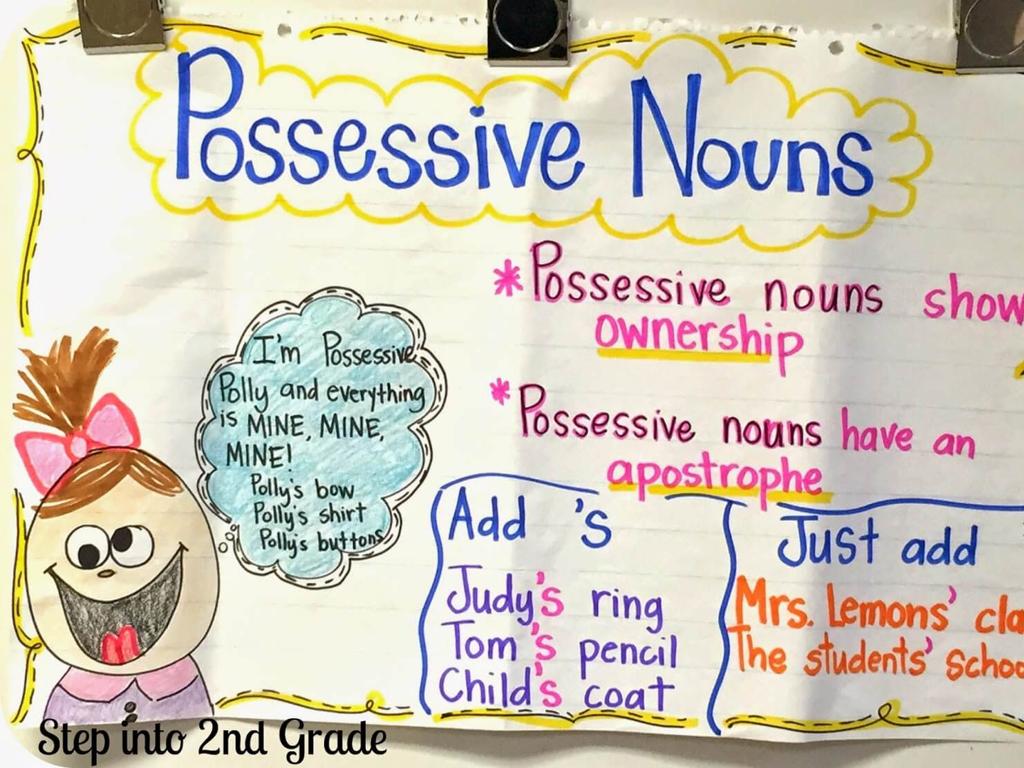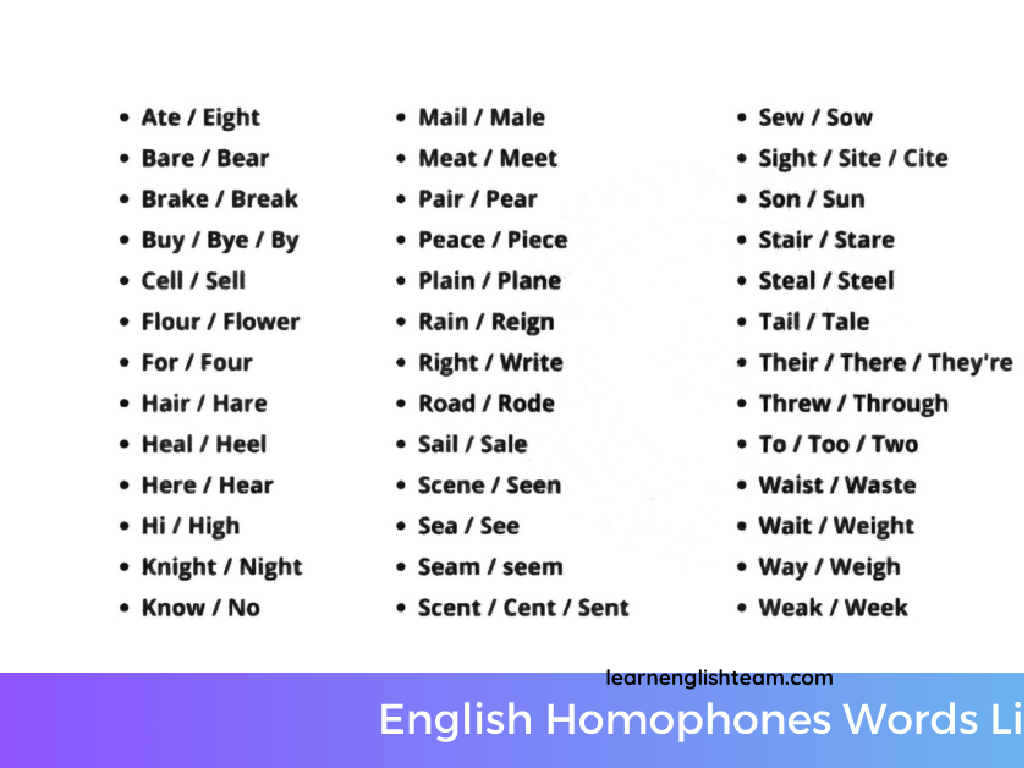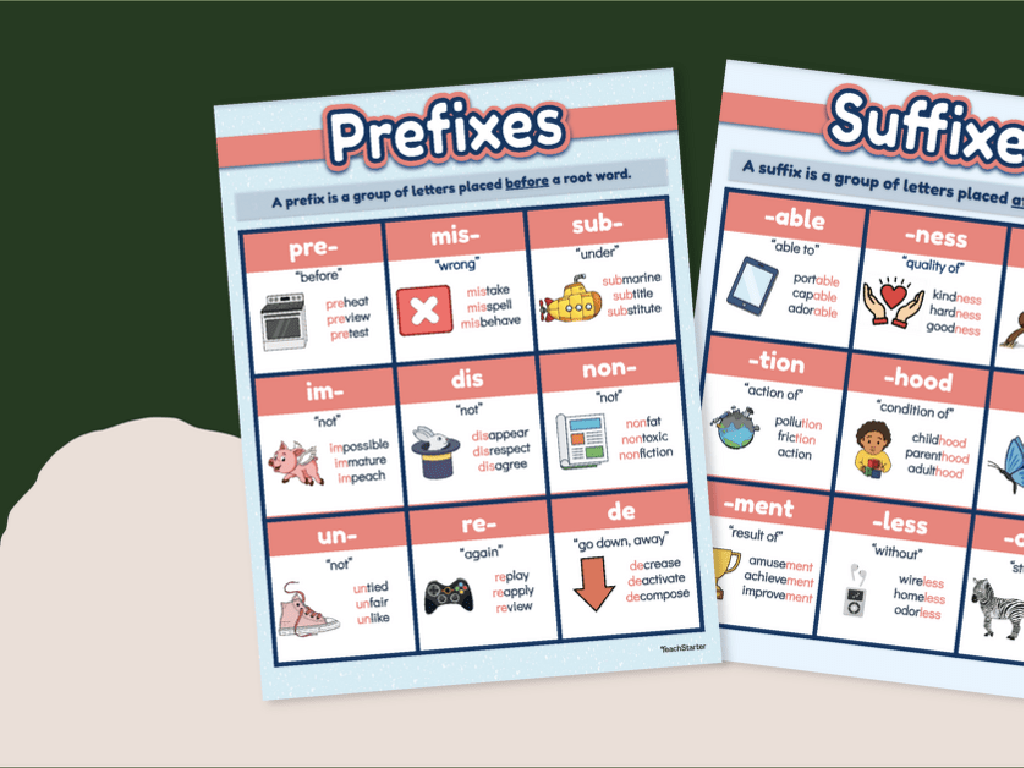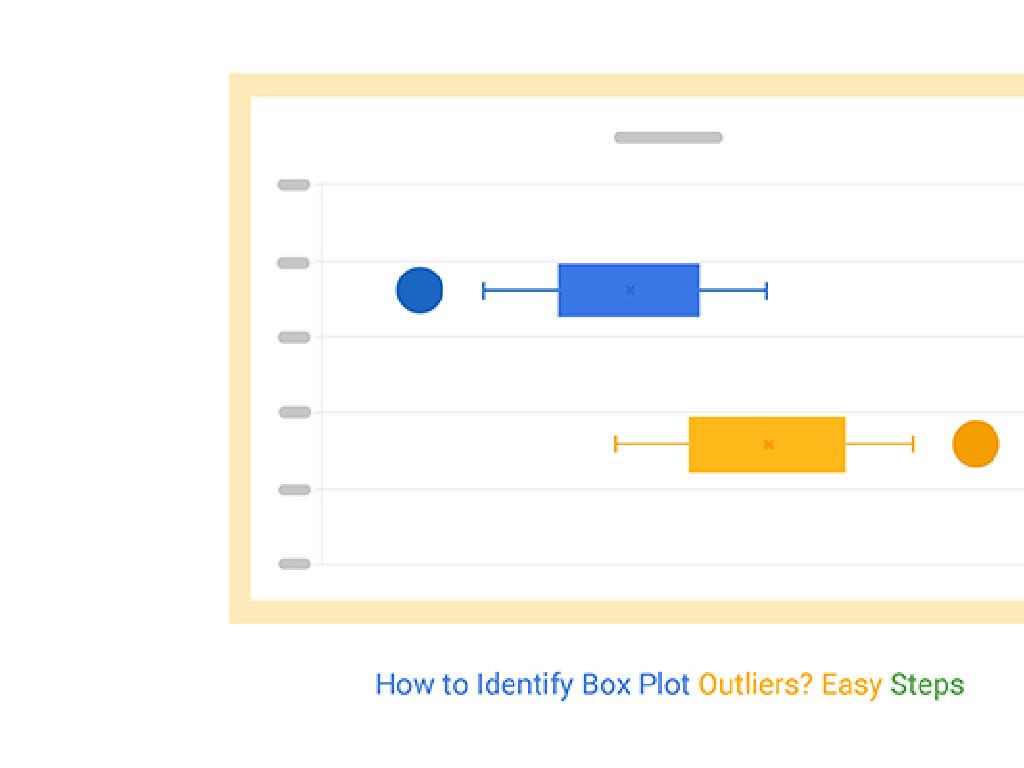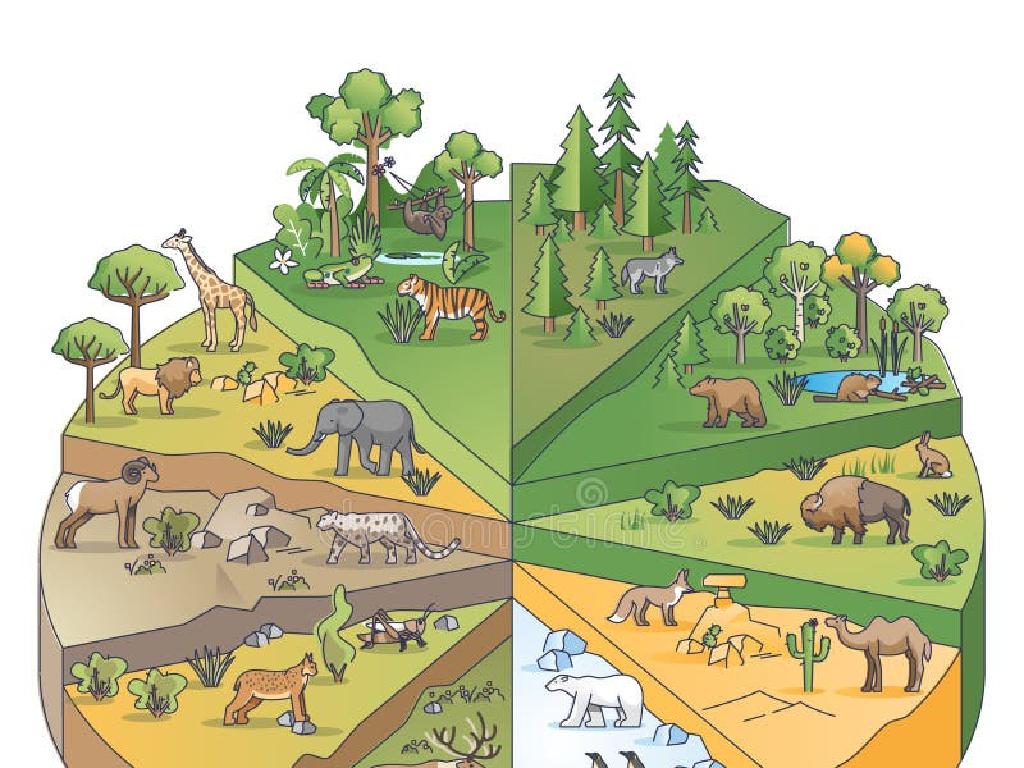Water On Earth
Subject: Science
Grade: First grade
Topic: Earth'S Features
Please LOG IN to download the presentation. Access is available to registered users only.
View More Content
Welcome to Water World!
– Earth: The ‘Blue Planet’
– Earth looks blue from space because of all the water
– Water is everywhere!
– Oceans, rivers, lakes, and even underground
– Where can we find water?
– Can you think of places where water exists?
– Importance of water
|
Begin the class with a warm welcome and introduce the topic of Water on Earth, emphasizing that Earth is often called the ‘Blue Planet’ due to the vast amount of water covering its surface. Show a picture of Earth from space to illustrate why it’s called the Blue Planet. Engage the students by asking them where they think we can find water on Earth. Prompt them to think about different water bodies they may have seen or heard about, like oceans, rivers, and lakes. Explain that water is not only important for the planet but also essential for all forms of life, including us. Encourage them to think about how we use water every day for drinking, washing, and playing.
Where is Water Found?
– Water is everywhere!
– Oceans hold most Earth’s water
– About 71% of Earth is covered by ocean
– Rivers and lakes are water sources
– Fresh water flows in rivers, rests in lakes
– Water falls from the sky as rain
– Rain is part of the water cycle
|
This slide introduces students to the various places where water can be found on Earth, emphasizing its abundance and importance. Start by explaining that water is all around us and can be found in many forms and places. Highlight that while oceans contain the majority of Earth’s water, fresh water is also crucial for life and can be found in rivers and lakes. Explain the water cycle briefly, mentioning how rain is a part of this cycle. Use a globe or a map to visually point out the large areas covered by water, such as the Pacific and Atlantic Oceans, to give students a sense of scale. Encourage students to think about the different forms of water they come into contact with in their daily lives.
Water in Our Lives
– Daily uses of water
– We drink, bathe, and cook with water every day
– Water’s role for plants and animals
– Plants need it to grow and animals to drink
– Sharing our favorite water activities
– Swimming, boating, or playing in the rain
|
This slide aims to make students aware of the significance of water in their daily lives and the environment. Start by discussing the various ways we use water, such as for drinking to stay healthy, bathing to stay clean, and cooking our food. Then, explain how water is just as important for plants, which need it to grow, and for animals, who need it to drink and survive. Encourage the children to think about and share their favorite water-related activities, which could include swimming, playing in the sprinklers, or even water fights. This will help them connect personally with the topic and understand the value of water in a fun and engaging way.
The Water Cycle Adventure
– Learn about the water cycle
– It’s how water moves around Earth: from sky to land and back again!
– Use hand motions for each cycle part
– Evaporation: hands rise up, Condensation: clasp hands together, Precipation: wiggle fingers down like rain
– Follow a droplet’s journey
– Imagine being a tiny droplet traveling from a river, into the sky, and back to land
– Understand evaporation, condensation, precipitation
|
Introduce the water cycle to the students by explaining it’s Earth’s way of recycling water. Use simple terms and hand motions to make the concepts of evaporation (water rising), condensation (clouds forming), and precipitation (rain falling) tangible and memorable. Tell a story about a water droplet’s adventure to illustrate the cycle in an engaging way. This will help students visualize and understand the journey of water in our environment. Encourage them to think of questions about the water cycle for the next class.
Water Conservation: Saving Water is Cool!
– Why saving water matters
– Water is precious and limited on Earth
– Ways to conserve water
– Like taking shorter showers and fixing leaks
– Turn off the tap while brushing
– Saves a lot of water over time
– Share your water-saving ideas!
|
This slide aims to educate first graders on the importance of water conservation. Begin by explaining that water is a valuable resource we need to live, but it’s not unlimited. Emphasize simple actions they can take, such as turning off the tap while brushing their teeth, which can make a big difference. Encourage the students to think creatively and come up with their own ideas for saving water at home or school, fostering a sense of responsibility and empowerment. In the next class, discuss their ideas to reinforce the concept and praise their efforts to contribute to water conservation.
Class Activity: Water Exploration
– Explore water properties together
– Observe sinking vs. floating objects
– Some things sink in water, some float. Why is that?
– Work in groups for experiments
– Teamwork makes the science work!
– Share discoveries with the class
– Discuss what you learned with your friends
|
This activity is designed to introduce students to the concept of buoyancy and density in a fun, interactive way. Divide the class into small groups and provide a variety of objects for them to test in tubs of water. Encourage them to predict which items will float and which will sink before testing. After the experiment, each group should discuss their observations and present their findings to the class. Possible objects for testing include a pencil, a small ball, a coin, and a leaf. Teachers should facilitate the activity by guiding the students through the process and ensuring each group understands the task. This hands-on experience will help students grasp the basic principles of physical properties of objects in water.

